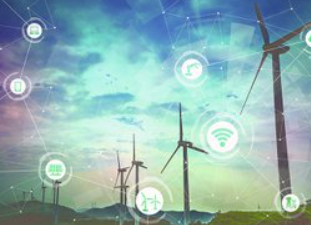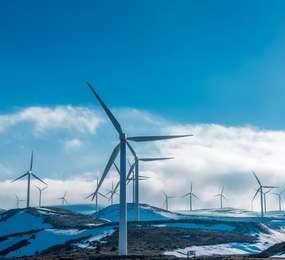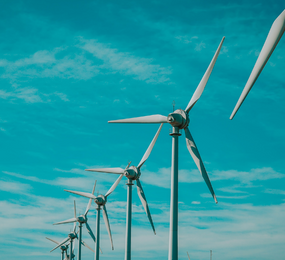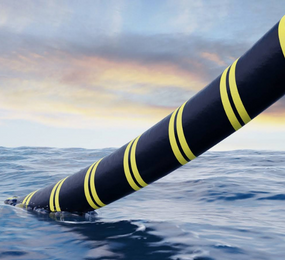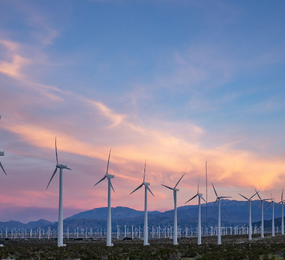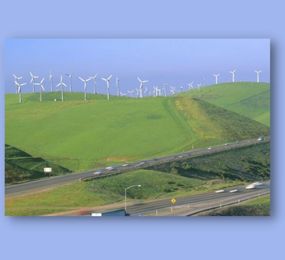Wind energy is a key part of the global transition to a sustainable energy future. It is a clean, renewable source of energy that can help to reduce our reliance on fossil fuels. However, in order to maximize the potential of wind power, we need to consider the impact of wind turbines on the landscape.
Wind turbines can have a significant impact on the landscape. They can be noisy, they can disrupt the view, and they can change the ecology of an area. Data can be used to visualize and analyze the wind energy landscape in order to minimize these impacts.
For example, data can be used to identify areas that are suitable for wind farms, taking into account factors such as wind speeds, noise levels, and the presence of protected species. Data can also be used to design wind farms that are visually appealing and that blend in with the surrounding environment.
There are a number of new digital technologies that are being developed for siting and planning wind farms. These technologies include:
-
3D modeling: 3D modeling can be used to create realistic simulations of wind farms, which can help to assess their impact on the landscape.
-
Drones: Drones can be used to collect data about the wind energy landscape, such as wind speeds and vegetation cover.
-
Artificial intelligence (AI): AI can be used to analyze data and to identify patterns and trends. This information can be used to improve the siting and planning of wind farms.
Wind power is a clean energy source, but it can have some environmental impacts. For example, wind turbines can kill birds and bats. Data and digitalization can be used to mitigate these impacts.
For example, data can be used to track the movement of birds and bats, so that wind turbines can be sited in areas where they are less likely to be killed. Data can also be used to develop new technologies that reduce the number of birds and bats that are killed by wind turbines.
The Social And Economic Impacts Of Wind Energy
Wind energy can have a positive impact on the local economy. It can create jobs, it can boost tax revenue, and it can help to reduce energy costs. However, wind energy can also have some negative social impacts. For example, wind farms can disrupt the view and can cause noise pollution.
Data can be used to assess the social and economic impacts of wind energy. This information can be used to mitigate the negative impacts and to maximize the positive impacts.
Data and digital innovation are playing an increasingly important role in shaping the wind energy landscape. By using data and digital technologies, we can minimize the environmental impacts of wind power, maximize its economic benefits, and create a more sustainable energy future.
To register or learn more about the Forum please check here: https://bit.ly/430gLPP
For more information and group participation, contact us: [email protected]


